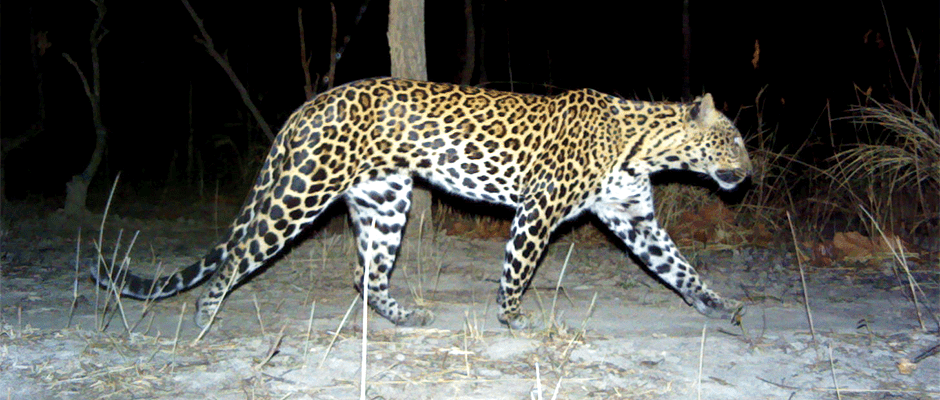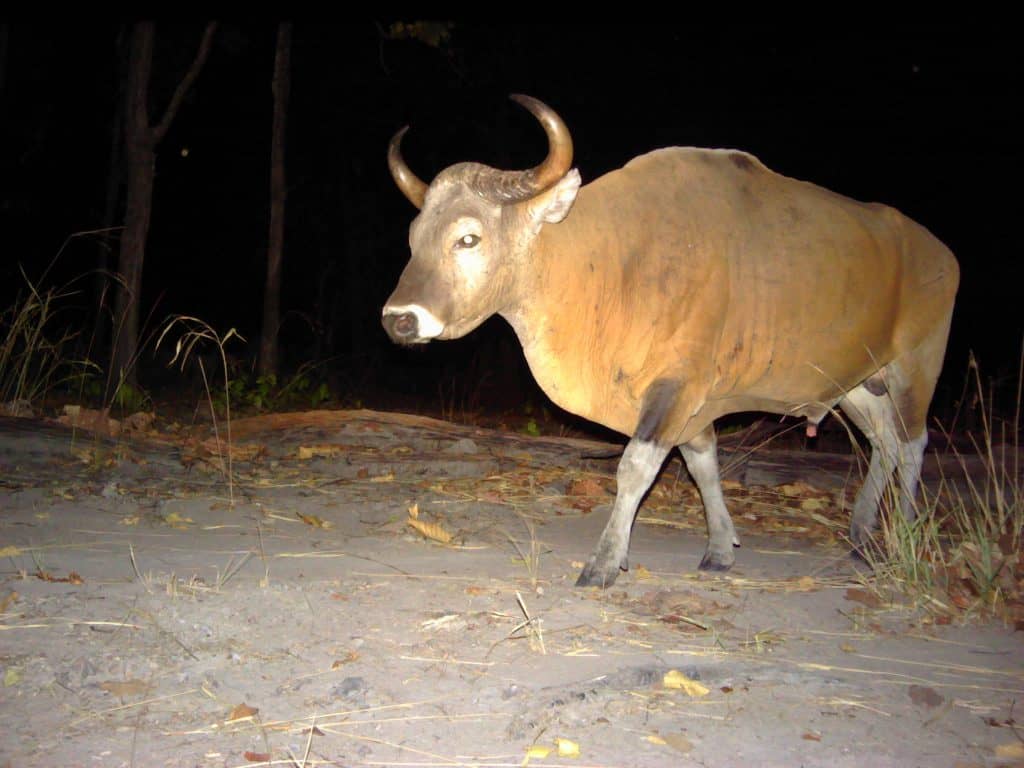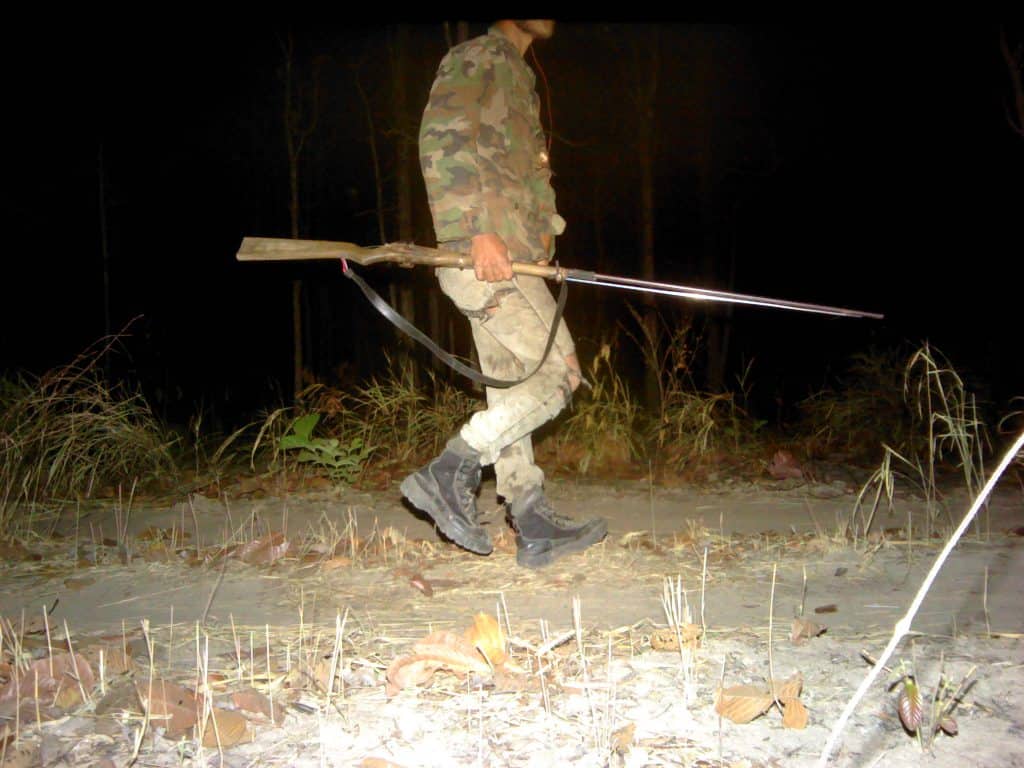Share this article
Indochinese leopard population declines
Only one population of Indochinese leopards (Panthera pardus delacouri) remains in all of eastern Indochina, and that population is facing a steep decline, according to new research.
Comparing camera trap data from 2009 to data collected five years later in eastern Cambodia, researchers determined this last remaining population declined 72 percent. The leopard once appeared throughout all of Cambodia, Laos and Vietnam.
“This was the last population in all three of those countries,” said TWS member Jan Kamler, the Southeast Asia Coordinator for the Panthera leopard program and co-author of the study led by co-researcher Susana Rostro-Garcia from the University of Oxford. “That was surprising, of course.”
The reason, Kamler said, is snaring by poachers. “If poaching could be controlled and limited, populations could do well,” he said.
This is especially true, Kamler said, since leopards’ prey sources don’t appear to be lacking. As part of their study published in Royal Society Open Science, the team analyzed scat to determine what the leopards were eating. They found that their main prey source was unique — the banteng (Bos javanicus), a wild cattle species weighing 600 to 800 kilograms.
“It was surprising to see that they were eating something that large,” Kamler said. He added that only the larger male leopards were found to consume banteng, whereas the smaller female leopards stuck with much smaller and less dangerous prey such as barking deer.
Larger species such as tigers and lions typically consume prey weighing as large as banteng, he said, but since tigers have been extirpated, with the last sighting in 2007, male leopards appear to be taking their place.
“I think this just shows the adaptability in the leopard,” Kamler said. “When tigers are absent, leopards attempt to fill the vacated niche.”
To stop extinction, Kamler said, the burden rests on rangers to reduce poaching. Since the study, he said, rangers have attempted to increase patrols and snare sweeps, but in the 4,000-square-kilometer park where the population exists, patrolling is difficult.
“Poaching is not under control and there’s not much enforcement in those protected areas,” he said. “For the leopard population, we don’t need to worry about prey. We have to worry about snaring. That is the biggest factor that caused their decline.”
Header Image: One of the last population of Indochinese leopards is caught in a camera trap photo in eastern Cambodia. Researchers found in just five years, the population declined by over 70 percent. ©Panthera/WWF Cambodia/Forestry Administration










